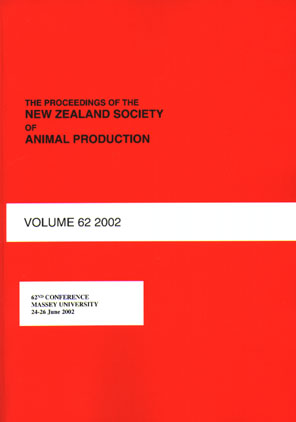Abstract
A cross-sectional study was conducted to describe and compare the body condition and morphometrics of Pony Club (PC) horses and ponies at two points in the year. Data were collected from a cohort of PC riders in spring (n=158) and autumn (n=155), with 73 repeat measurements across the two seasons. There were more ponies (68%, 164/240, wither-height ≤148 cm) than horses in the study population. Most (76%, 183/240) animals were kept on ad libitum pasture throughout the year and were fed small quantities of supplementary feed. The median body condition score (BCS) of the animals was 6 (interquartile range 5-7). Forty-seven per cent (112/240) of the animals were scored ‘fat’ (BCS ≥7) and 25% (61/240) presented with a cresty-neck score ≥3. There was poor inter-rater agreement between the study personnel and owners for BCS of horses (Kappa=0.26) and ponies (Kappa=0.11). The study personnel identified 54% (88/162) of ponies as ‘fat’, whereas owners underestimated the BCS of ponies, and identified only 40% (65/162) as ‘fat’ (P<0.001). The measurements of body weight did not differ between seasons, and only some morphologybased assessments of adiposity differed between seasons. Overall, 17% (15/88) of ‘fat’ ponies and 21% (11/53) of those with ‘cresty-necks’ were reported to have had a previous history of laminitis. Laminar rings were observed in 98% (234/240) of the PC horses and ponies. The study highlighted that horses and ponies kept on pasture maintain body weight and condition from spring to autumn, but this finding may be biased by the high percentage of ‘fat’ ponies in the study population. The poor inter-rater agreement for BCS, particularly with ponies, and similar morphological measurements between seasons, highlights the challenges with using these measurements of adiposity in ponies
Proceedings of the New Zealand Society of Animal Production, Volume 75, Dunedin, 195-199, 2015
| Download Full PDF | BibTEX Citation | Endnote Citation | Search the Proceedings |

This work is licensed under a Creative Commons Attribution-NonCommercial-NoDerivatives 4.0 International License.

